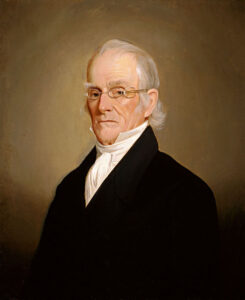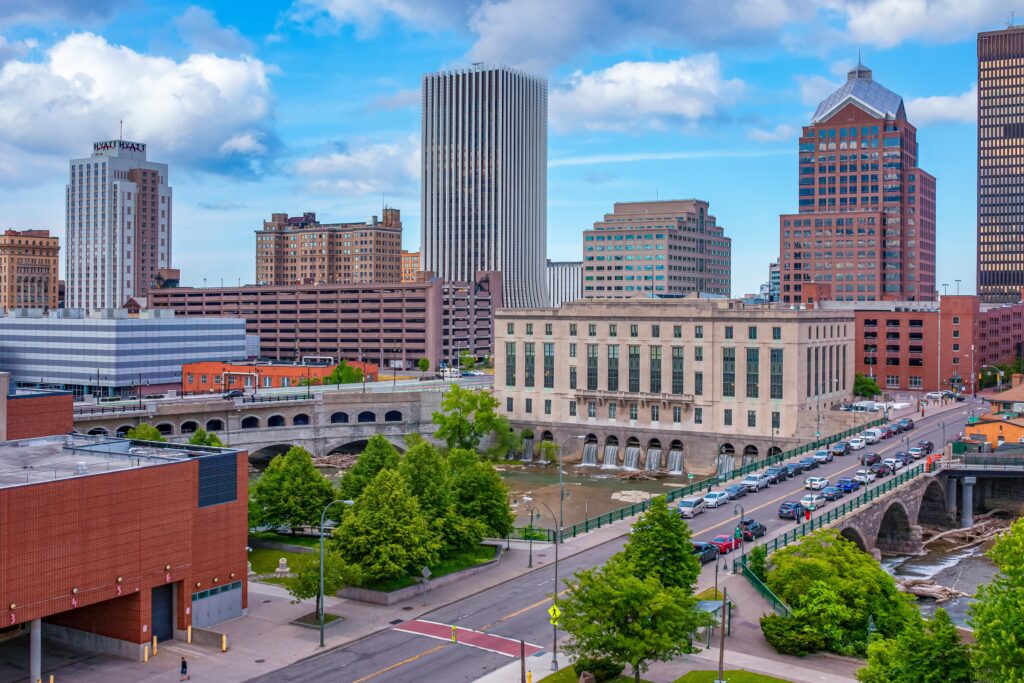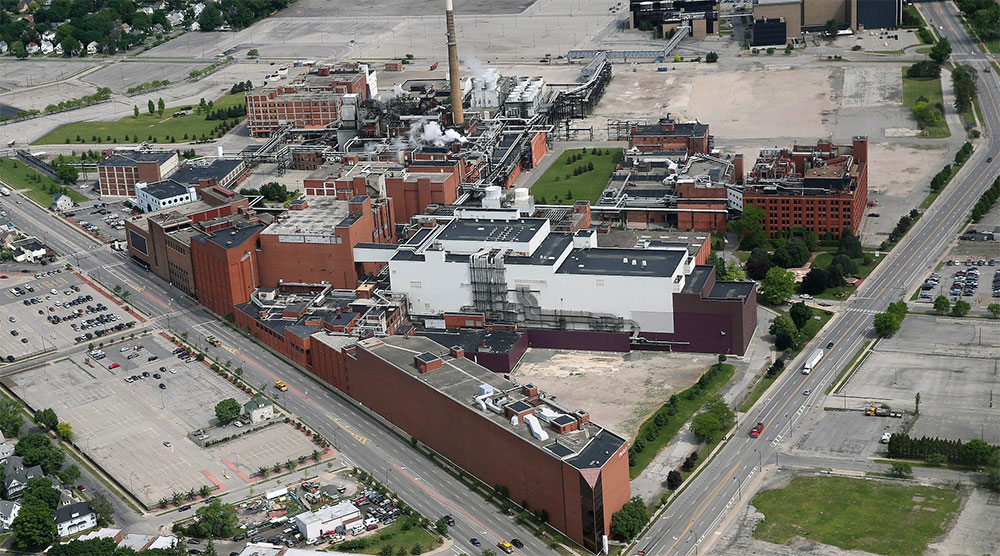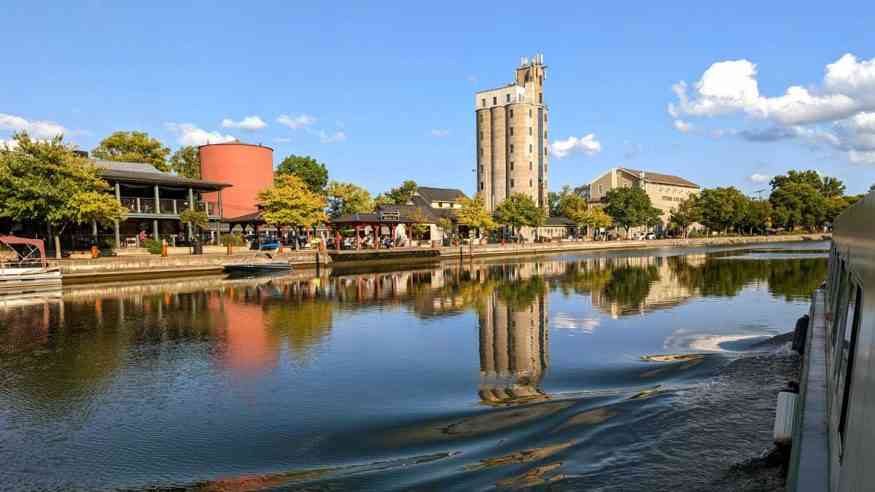Rochester NY history is widely searched and studied as part of American history. Located in Western New York at the southern shore of Lake Ontario, the area was originally home to the Seneca tribe. In the 17th century, French explorers passed through the region, followed by the British. It was not until the late 18th century, after the Revolutionary War, that permanent European settlement really began.

ORIGIN
To begin Rochester NY history , Rochester Ville, as it was originally known, started as a small village. In 1817, Colonel Nathaniel Rochester purchased the land that would become downtown Rochester. He plotted out roads and building lots to establish the new village. Other settlers were attracted to the area because of its strategic location along the Genesee River, which was perfect for building mills. By 1823, Rochesterville was an incorporated village with a population over 700 people.
The opening of the Erie Canal in 1825 was a major turning point in Rochester’s history. The canal brought a huge influx of people, commerce, and economic growth to the region. Flour mills and industries sprung up to harness the power of the Genesee River. By 1834, Rochester was chartered as a city. It soon became a wealthy hub, earning it the nicknames “Flour City” and “Flower City.”
Rochester in 20th Century
Innovation and reform movements also shaped 19th century Rochester NY History. Social reformer Susan B. Anthony called Rochester home. It was the site of early women’s rights and abolitionist conventions. Rochester was home to innovators like George Eastman of Eastman Kodak, who helped make the city a center of imaging and film technology. Other major local employers included Western Union, Bausch & Lomb, Xerox and Gleason Works.
Rochester saw various changes in the early 20th century. The opening of the Rochester subway in 1927 helped connect the downtown district. Post World War II, like many cities, Rochester contended with urban decline due to suburbanization and loss of industry. Efforts at urban renewal followed. While many historic buildings were lost, projects like the Rochester Metro Center helped revive downtown. Additional technology companies and educational institutions continue to boost the local economy.

Modern Rochester NY History
Today, Rochester remains the third largest city in New York state. Though it faces some urban challenges, Rochester continues to reinvent itself. The city’s history is still being written through emerging companies focusing on optics, photonics, and renewable energy. Sites like the Susan B. Anthony House honor Rochester’s history, while new cultural attractions like the Strong National Museum of Play look to the future. The sprawling University of Rochester is a backbone of education and research. Food and drink enthusiasts can enjoy Rochester’s lively restaurant scene. Through it all, the flowing Genesee River remains a constant, historically the power behind Rochester’s progress.

